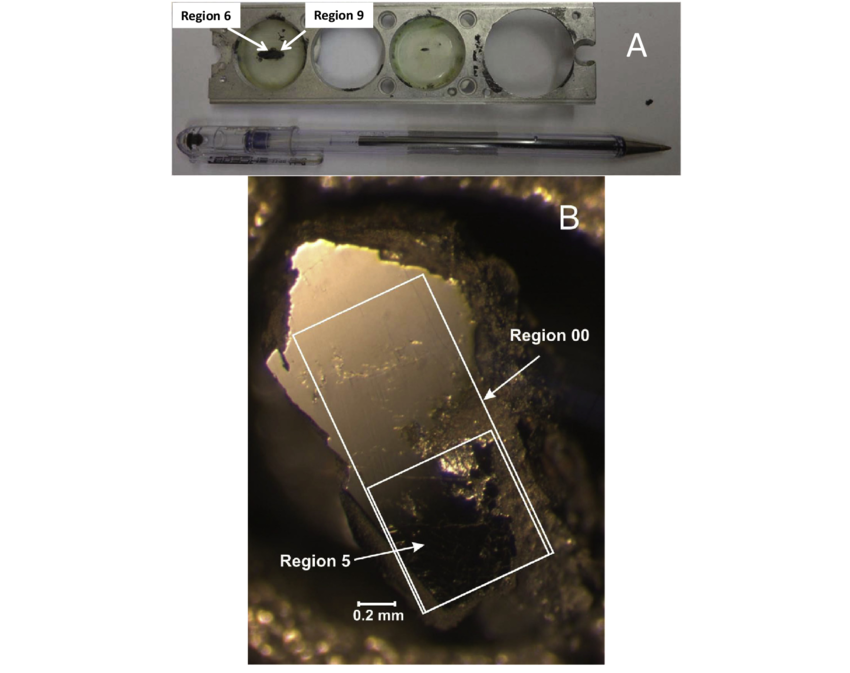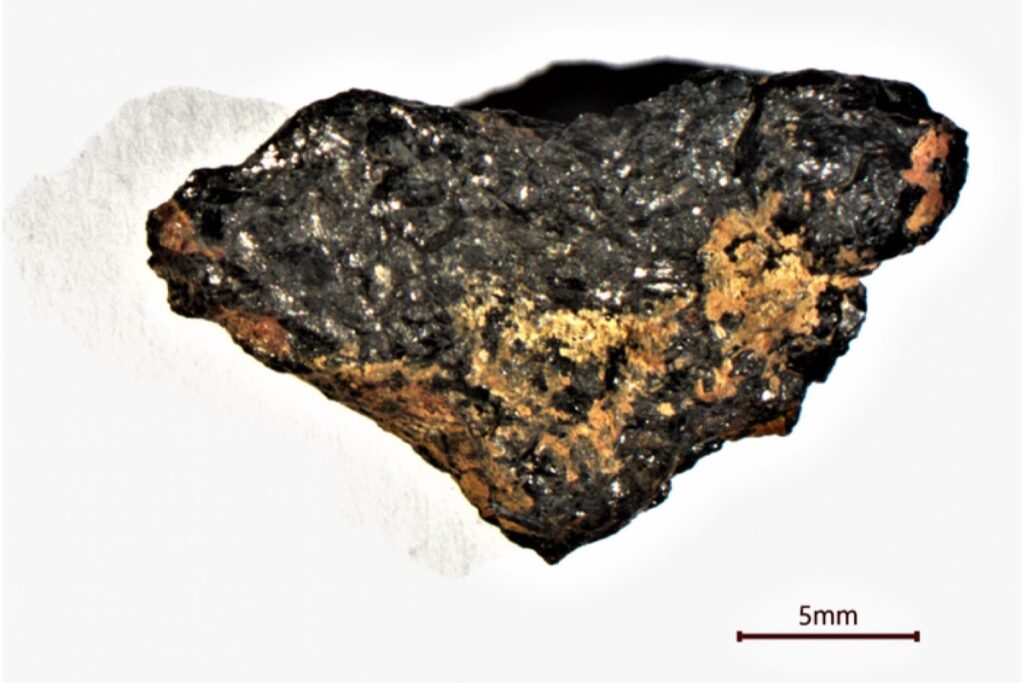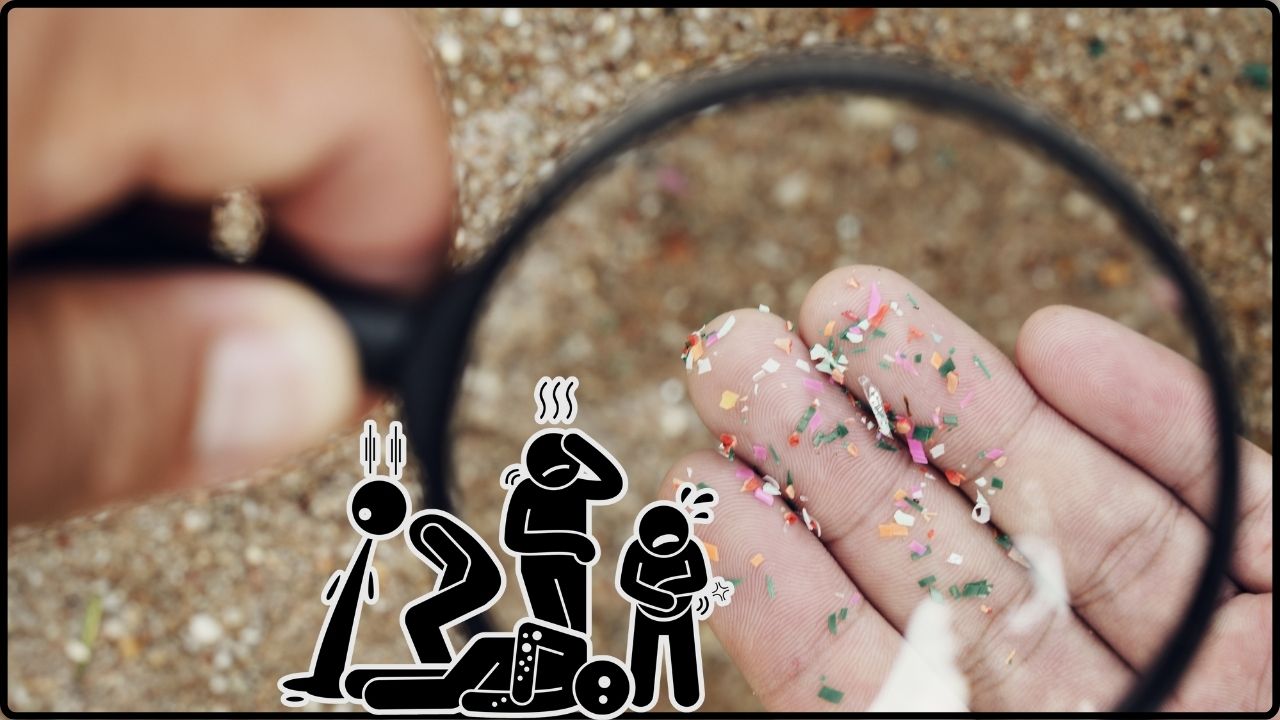Hypatia Stone Contains Never-Before-Seen Extraterrestrial Compounds: The Hypatia Stone has rocked the scientific community. Discovered in Egypt’s Libyan Desert in 1996 and named in honor of Hypatia of Alexandria—the renowned Egyptian mathematician and philosopher—this tiny pebble packs an alien-level punch. It contains compounds never before seen on Earth, and possibly even beyond our Solar System. In this article, I’ll break it down in plain English for younger readers, while giving professionals fresh insights, technical context, and actionable takeaways. Expect clear steps, practical guidance, and data-backed facts—all with friendly, trustworthy tone.
Hypatia Stone Contains Never-Before-Seen Extraterrestrial Compounds
The Hypatia Stone is extraordinary. With pure aluminum, microdiamonds, silver-iodine compounds, presolar dust, and potential ties to supernovae, it defies our understanding of planetary formation. Part cosmic Rosetta Stone, part scientific disruptor, it pushes us to reexamine ideas about how the Solar System formed and evolved. This stone is more than a research topic—it’s a story for every curious mind, from ten-year-olds to seasoned Mars rover operators. It’s a tactile connection to the stars, and a living example of why science matters.

| Key Metric | Detail | Source / Link |
|---|---|---|
| Origin | Extraterrestrial, not matching any known meteorite | Nature Journal |
| Carbon-to-Silicon Ratio | Exceptionally high, no silicates | ScienceDirect |
| Pure Metallic Aluminum | Found in natural form for the first time in any space rock | AGU Journals |
| Microdiamonds | 50 nm–2 µm, likely shock-formed | ScienceDirect |
| Exotic Compounds | Silver‑iodine phosphide, nickel‑phosphide, silicon carbide | NASA – Cosmic Dust |
| Presolar Dust | Polycyclic aromatic hydrocarbons (PAHs) predating the Sun | NASA.gov |
| Supernova Link | Type Ia supernova debris possibility | Astrophysical Journal |
| Estimated Age | More than 4.57 billion years | ScienceDirect |
Context and Importance
Hypatia isn’t just another meteorite. Scientists have confirmed it is extraterrestrial, yet unlike anything seen before—no comet, no asteroid, no standard meteorite matches its makeup. It has a high carbon-to-silicon ratio, no silicate minerals, extreme ratios of metals like aluminum, and exotic compounds like silver-iodine phosphide. It even carries stardust older than the Sun and elements likely from a Type Ia supernova. These traits challenge prevailing models of solar system formation, suggesting that heterogeneous, unmixed pockets of matter existed in the primordial nebula.
As a seasoned professional in cosmochemistry, the implications are profound. As an educator or curious kid, the wonder and storytelling potential is huge, too. Let’s explore the details, implications, and practical next steps.
What Is the Hypatia Stone?
Discovery and Naming
In 1996, a curious stone was found near Glass Mountain in Egypt’s Libyan Desert. It wasn’t studied in depth until 2013, when South African geochemists analyzed it thoroughly and confirmed it was extraterrestrial—but utterly unlike anything previously cataloged.
The stone was named Hypatia after the ancient Egyptian astronomer and mathematician (c. 350–415 AD), symbolizing our quest to understand the cosmos.
Size, Shape, and Composition
Hypatia is small—just a few centimeters across, about the size of a shaving brush or tennis ball. Its physical form is nondescript, but its internal composition is dramatic:
- No olivine or pyroxene, which appear in nearly all asteroids.
- High carbon content, visible in organic matrices.
- Compounds and metals never naturally found in planetary geology (e.g., pure metallic aluminum).

Why Scientists Are Amazed?
1. Metallic Aluminum in Native Form
Pure aluminum metal is rare in nature. While Earth-based industrial processes produce it, natural formation in rocks is virtually nonexistent due to oxidation and chemical bonding. Hypatia’s metallic aluminum likely formed under extreme, ancient cosmic conditions that defy natural processes we understand—potentially in the dispersed environment of space rather than a planetary body.
2. Shock-Created Microdiamonds
Using Transmission Electron Microscopy (TEM), scientists found microscopic diamonds—ranging from 50 to 2,000 nanometers—indicating a shock event. These likely formed as Hypatia passed through the atmosphere, generating pressure spikes that catalyzed diamond formation.
3. Exotic Chemical Compounds
Hypatia contains bizarre compounds that resist us:
- Silver-iodine phosphide, a combination unseen in meteorites.
- Nickel-phosphide alloys, with rare chemical signatures.
- Silicon carbide (moissanite), typically found in planetary interiors or presolar grains.
4. Presolar PAHs and Interstellar Dust
The carbon-rich matrix is loaded with polycyclic aromatic hydrocarbons (PAHs)—organic molecules common in interstellar dust and nebulae. These molecules often survive in cold, dense molecular clouds and predate the Sun.
5. Potential Supernova Debris
Stable isotope analyses show certain ratios that align with Type Ia supernova output—an explosion of a white dwarf in a binary system. If verified, it would suggest Hypatia contains labeled matter from a Type Ia supernova—a direct link between stellar nucleosynthesis and planetary formation.
Timeline: From Discovery to Ongoing Research
| Year | Milestone |
|---|---|
| 1996 | Hypatia found in Egyptian desert |
| 2013 | Publication confirming extraterrestrial origin |
| 2018 | Core paper outlining exotic compounds |
| 2021 | Supernova link suggested in secondary studies |
| 2023 | Renewed interest in isotopic analysis and lab methods |
Integrating Cultural and Symbolic Context
Naming the stone “Hypatia” ties modern science to ancient wisdom. Hypatia of Alexandria was one of the first recorded female scholars who made lasting contributions to astronomy and mathematics and was tragically killed for her knowledge and influence. Her spirit lives on in this stone—challenging prevailing systems of thought and encouraging us to question and explore beyond conformity.
Challenges in Researching Hypatia Materials

Sample Handling Risks
The small size means every grain is precious. Working with micrometer-level precision tools introduces contamination risk—from Earth-based dust, laboratory tools, and even researchers’ breath. Sampling protocols must be airtight.
Equipment and Calibration Challenges
Standard geochemical instruments are not configured for pure aluminum or silver-iodine compounds at presolar isotopic ratios. Scientists are retooling instruments (e.g., TOF-SIMS, nanoSIMS) to detect exotic isotopic signals.
Geological Underrepresentation
Earth geology and meteorite collection methods were never designed to identify rare presolar fragments. Most collections are biased toward objects that mirror our understanding, not anomalies like Hypatia.
Interpretation and Peer Review
Peer-reviewed publication is essential. Findings appear in high-impact journals (e.g., Nature, Science, AGU, Astrophysical Journal) after cross-validation and replication by independent laboratories.
What Hypatia Stone Contains Never-Before-Seen Extraterrestrial Compounds Means for Different Audiences?
For Young Learners
Imagine a LEGO brick from a hidden box, made long before your LEGO set—even before LEGO existed! Hypatia is like that. A piece of the ancient cosmic puzzle that helps us see how planets and stars connect.
For Educators and Museums
- Use Hypatia to illustrate cosmic chemistry (how materials from stars became rocky planets).
- Unpack scientific methods (microscopy, spectroscopy, isotopic fingerprinting).
- Facilitate hands-on activities: have students examine simulated grain samples under a microscope or build cloud-to-star formation timelines.
For Professional Scientists
- Hypatia defines a new object class: presolar rocks.
- Labs may need to adopt new standards for isolating and analyzing rare minerals.
- A new frontier in interdisciplinary cosmochemistry is emerging, prompting reevaluations of meteorite collections and future sample-return missions.

Practical Guide for Researchers
- Document Sample Metadata
- Precise locality records, GPS data, lab protocols.
- Use Advanced Analysis Suite
- Instruments like TEM, SEM, LA-ICP-MS, nanoSIMS are essential.
- Cross-Lab Collaboration
- Partner with national centers (e.g., NASA, CERN isotopic labs, synchrotrons).
- Perform Noble Gas Isotope Tests
- Helium, neon, argon ratios can distinguish presolar vs solar origins.
- Share and Publish Collaboratively
- Engage with global databases such as PDS, Meteoritical Bulletin.
- Translate Findings for Public Use
- Work with science outreach and education teams to present simplified versions for wider audiences.
Future Missions and Research Directions
- Re-examination of Existing Samples: Use new techniques on solar system sample libraries for undiscovered anomalies.
- Deep Space Missions: Missions like Stardust-2 or Comet Interceptor may find similar presolar grains.
- Targeted Asteroid Surveys: Identify asteroids with high-carbon material—potential extraterrestrial presolar carriers.
- Cosmic Dust Collectors: Long-duration missions that collect interplanetary particles in low-Earth orbit.
Vietnam’s Deep Secret Revealed: Rare New Sponge Species Discovered After Centuries
Not Gold, Not Platinum—This Man’s Mysterious Rock Was Worth More Than Both and Came from Space
Not Gold, Not Copper—Egyptians Used Iron From Space in Sacred Objects, New Study Reveals











